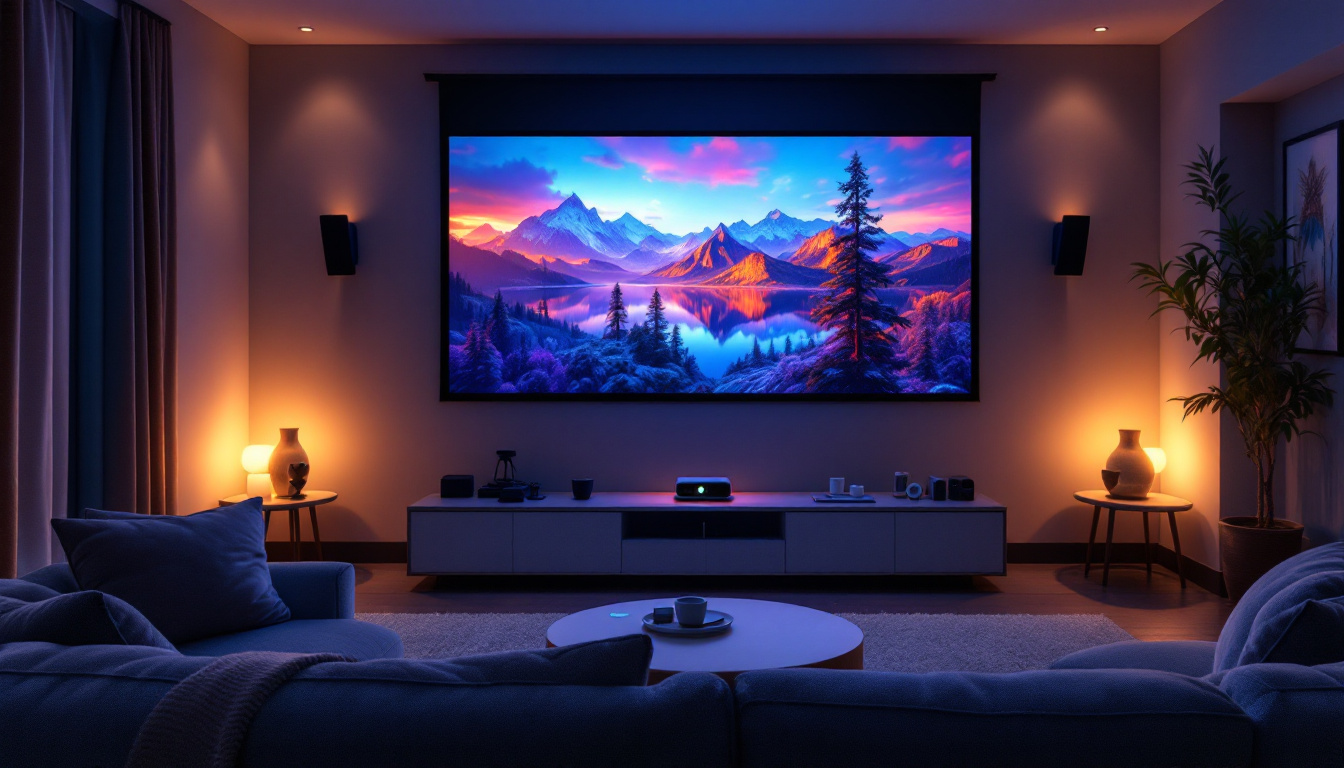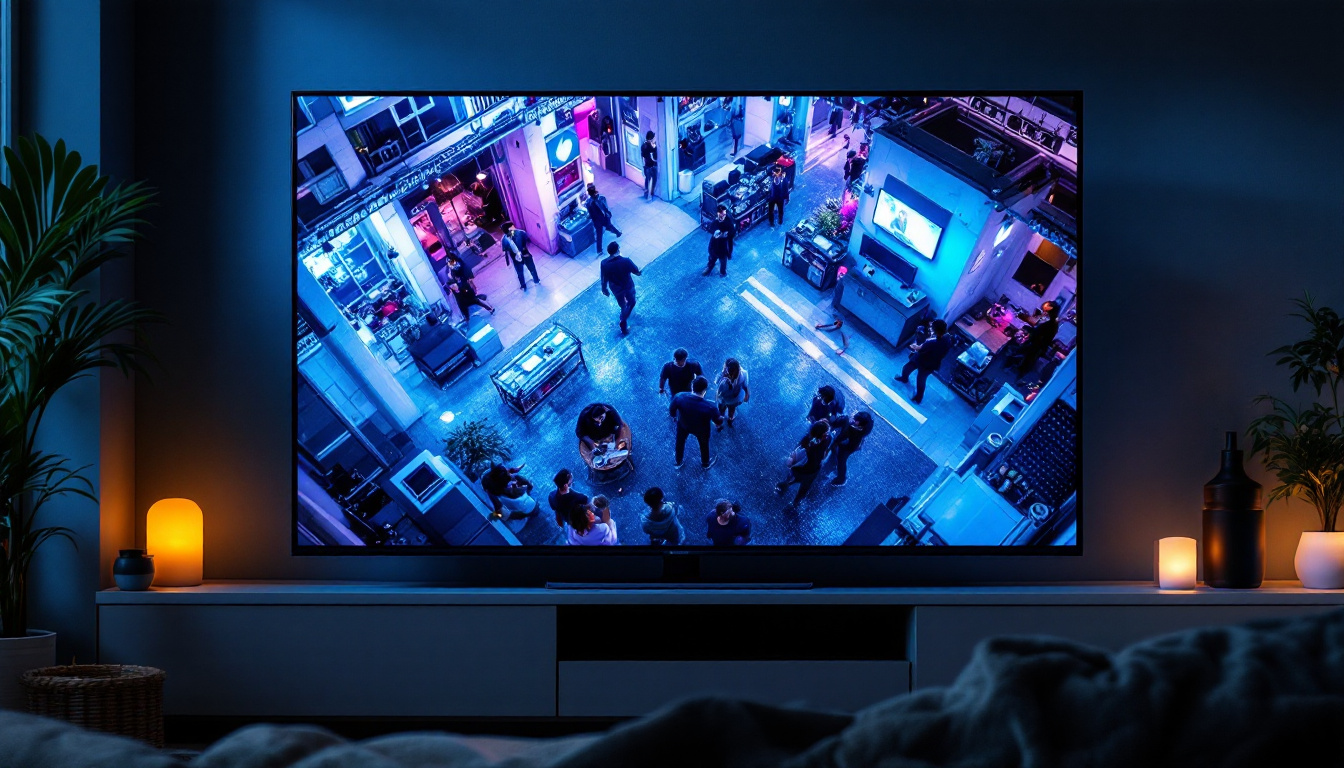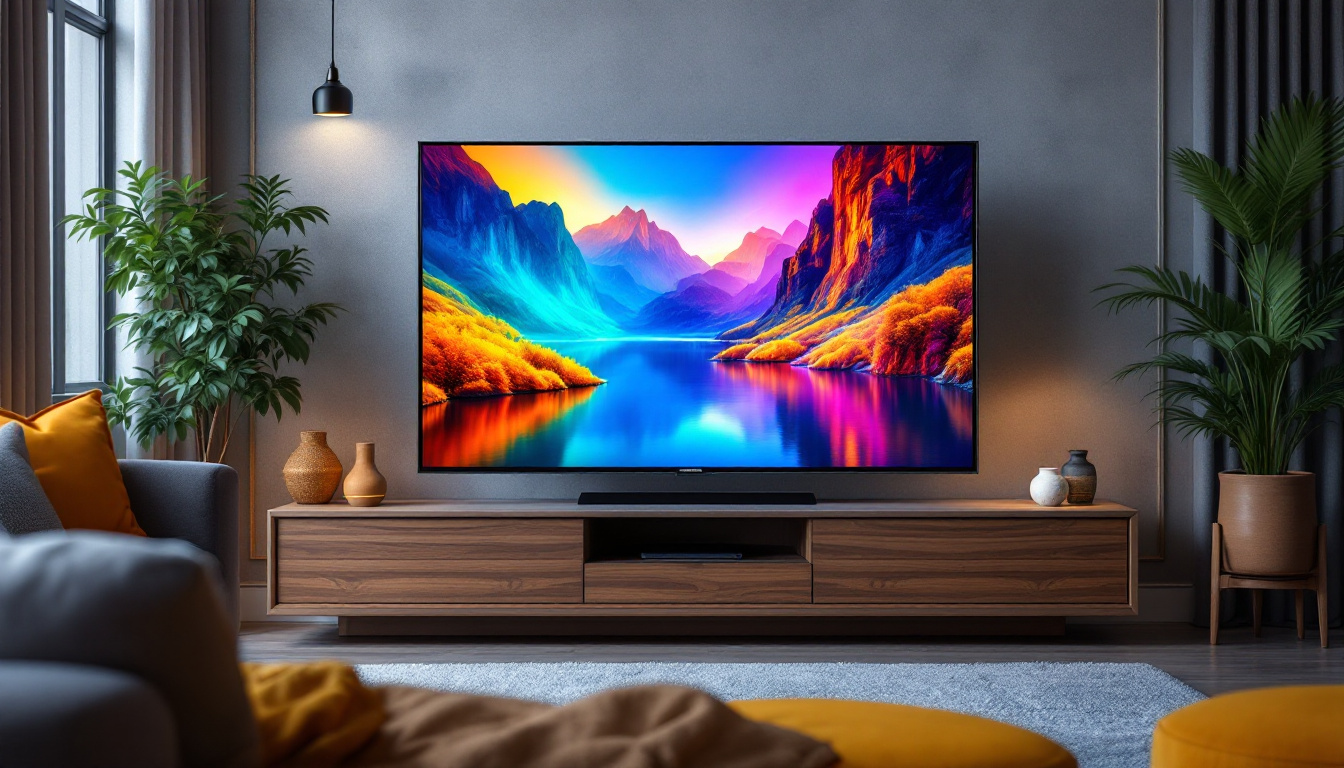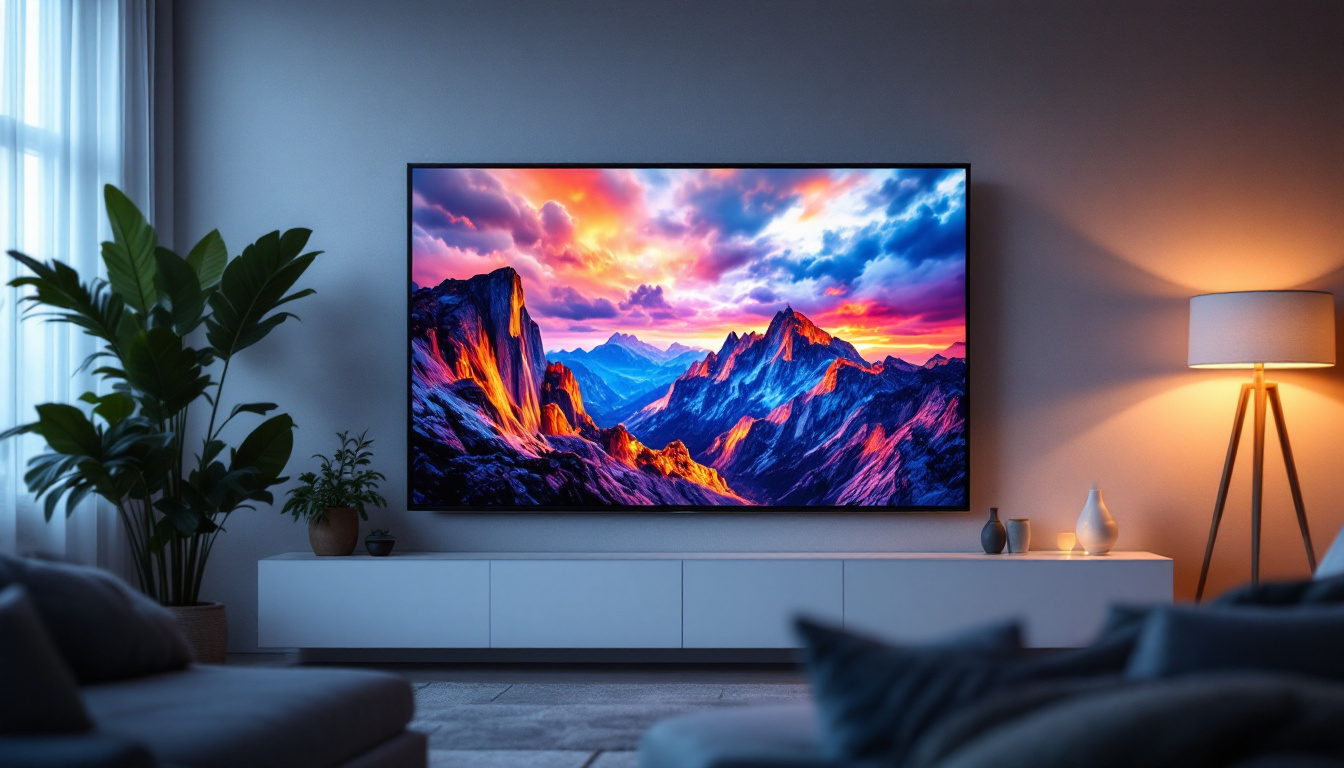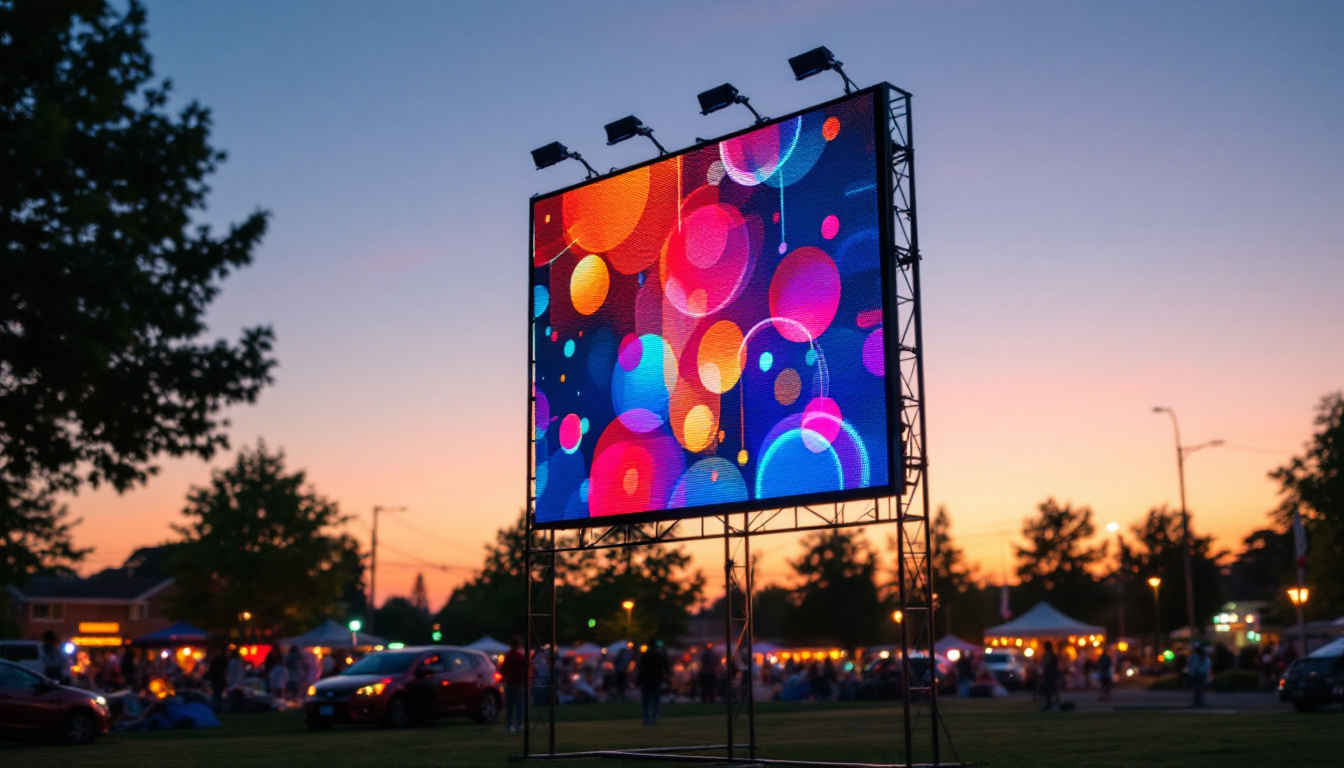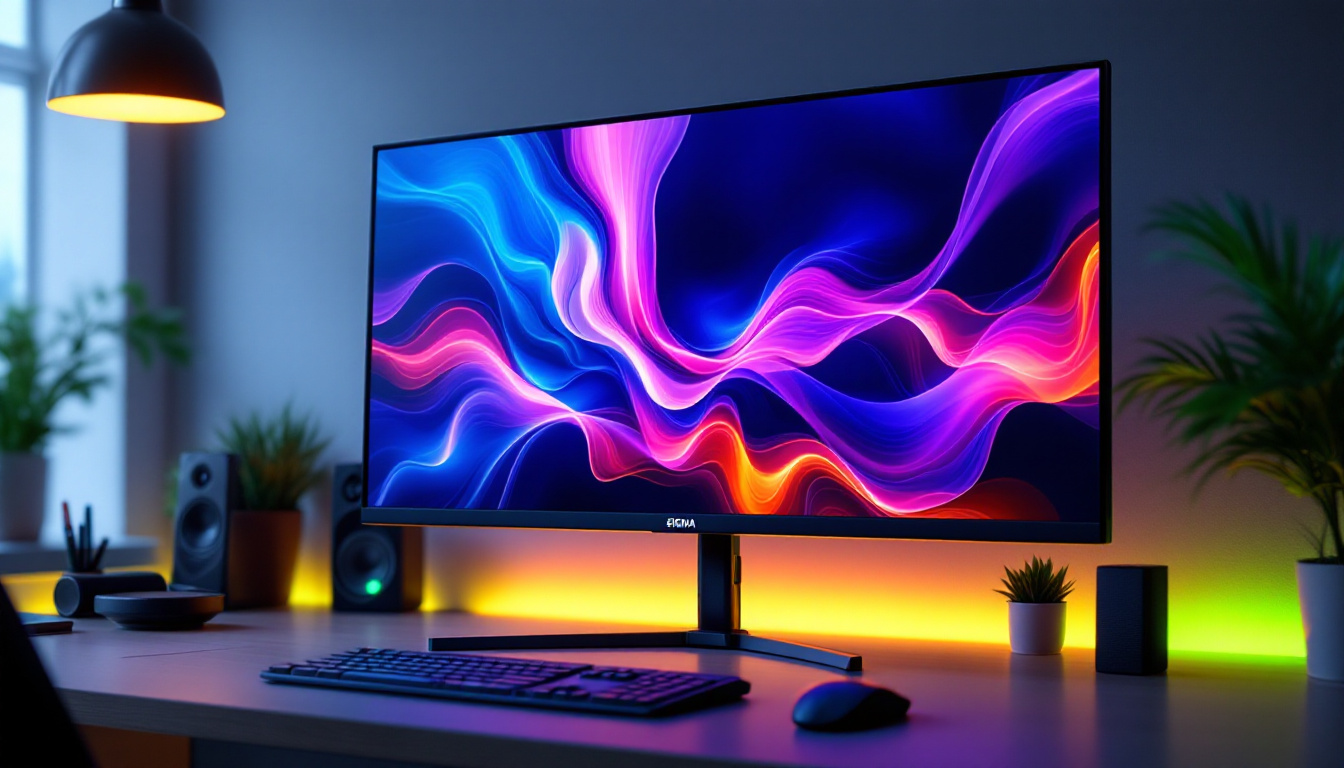In the rapidly evolving world of technology, the term “LED display” has become ubiquitous. From advertising billboards to the screens on smartphones, LED (Light Emitting Diode) technology has revolutionized how visual information is presented. Among the various types of LED displays, edge displays are gaining significant traction, particularly in the realms of consumer electronics and commercial applications. This article delves into the intricacies of edge displays, exploring their functionality, advantages, and applications.
Understanding LED Technology
Before diving into edge displays specifically, it is essential to understand the fundamentals of LED technology. LEDs are semiconductor devices that emit light when an electric current passes through them. This technology has several advantages over traditional lighting methods, including energy efficiency, longevity, and the ability to produce vibrant colors. Their compact size and versatility have made LEDs a popular choice in various applications, ranging from household lighting to large-scale advertising displays.
The Basics of LED Operation
LEDs operate on a principle known as electroluminescence. When a voltage is applied to the diode, electrons recombine with holes within the device, releasing energy in the form of photons. This process allows for the creation of light in various colors, depending on the materials used in the semiconductor. For instance, different combinations of gallium, arsenic, and phosphorous can yield different wavelengths of light, resulting in the rich spectrum of colors we see in modern LED applications.
One of the most significant benefits of LED technology is its energy efficiency. LEDs consume significantly less power than incandescent or fluorescent bulbs, making them an environmentally friendly option. Additionally, they have a longer lifespan, often lasting tens of thousands of hours, which reduces the need for frequent replacements. This longevity not only saves money on replacement costs but also minimizes waste, aligning with sustainable practices that are increasingly important in today’s eco-conscious society.
Types of LED Displays
LED displays come in various forms, including direct view, backlit LCDs, and edge-lit displays. Each type has its unique characteristics and applications. Direct view LED displays consist of individual LED modules that create images by lighting up directly. In contrast, backlit LCDs use LEDs to illuminate a liquid crystal display from behind, while edge-lit displays utilize LEDs positioned along the edges of the screen. The choice between these types often depends on the specific requirements of the installation, such as brightness, viewing angle, and space constraints.
Moreover, advancements in LED technology have led to the development of flexible and transparent displays, which open up new possibilities for creative applications. Flexible LED screens can be bent or shaped to fit unconventional spaces, making them ideal for artistic installations or unique architectural designs. Transparent displays, on the other hand, allow for the integration of digital content into environments without obstructing visibility, creating a seamless blend of the physical and digital worlds. These innovations are paving the way for exciting developments in advertising, entertainment, and user interaction, further showcasing the versatility of LED technology.
What is an Edge Display?
An edge display refers to a specific type of LED display where the light source is positioned along the edges of the screen. This design allows for a thinner profile compared to traditional backlit displays, making edge displays ideal for sleek and modern designs. Edge displays are commonly found in televisions, computer monitors, and smartphones.
Design and Structure
The structure of an edge display typically involves a panel of liquid crystal display (LCD) technology combined with LED lighting along the edges. The light emitted from the edges is directed across the panel using a light guide plate. This setup allows for even illumination across the entire screen, resulting in a bright and vibrant display.
One of the most notable aspects of edge displays is their slim design. By positioning the LEDs along the edges, manufacturers can create thinner screens without sacrificing display quality. This feature is particularly appealing in consumer electronics, where aesthetics and portability are paramount. Additionally, the reduced thickness of edge displays allows for more innovative product designs, such as ultra-slim TVs that can be mounted flush against a wall, creating a seamless integration into living spaces.
Advantages of Edge Displays
Edge displays offer several advantages that make them an attractive choice for both manufacturers and consumers. Firstly, their slim profile allows for a more modern and stylish appearance, which is essential in today’s design-conscious market. Additionally, edge displays often provide better energy efficiency compared to traditional displays, as they require less power to operate.
Furthermore, edge displays can achieve higher brightness levels, making them suitable for various environments, including well-lit rooms. The even distribution of light across the screen also enhances the viewing experience, reducing the risk of hotspots or uneven brightness. Moreover, the technology behind edge displays often includes advanced features such as high dynamic range (HDR) support, which enhances color accuracy and contrast, providing a more immersive viewing experience. This is particularly beneficial for gamers and movie enthusiasts who seek the most lifelike visuals possible. As edge display technology continues to evolve, we can expect even more innovations that will further enhance their performance and application in various fields.
Applications of Edge Displays
Edge displays have found applications across a wide range of industries, from consumer electronics to advertising and beyond. Their versatility and sleek design make them suitable for various uses.
Consumer Electronics
In the realm of consumer electronics, edge displays are prevalent in televisions, smartphones, and tablets. The demand for larger screens with minimal bezels has led manufacturers to adopt edge display technology, allowing for immersive viewing experiences without the bulk of traditional displays.
Smartphones, in particular, have embraced edge display technology, with many flagship models featuring screens that curve around the edges of the device. This design not only enhances aesthetics but also allows for additional functionality, such as displaying notifications or quick access to apps.
Commercial and Advertising Displays
Edge displays are also commonly used in commercial settings, particularly for advertising and promotional purposes. Digital signage has become an essential tool for businesses looking to capture consumer attention. Edge displays provide bright, eye-catching visuals that can be easily updated to reflect changing promotions or messages.
Moreover, the slim profile of edge displays allows for seamless integration into various environments, from retail spaces to corporate offices. Their ability to deliver high-quality images and videos makes them an effective medium for communication and branding.
Healthcare and Medical Applications
In the healthcare sector, edge displays are increasingly being utilized for medical imaging and patient monitoring systems. The clarity and brightness of edge displays are crucial for accurately interpreting medical images, such as X-rays or MRIs. Additionally, the slim design allows for easy integration into medical equipment, enhancing the overall user experience for healthcare professionals.
Challenges and Considerations
While edge displays offer numerous benefits, they are not without their challenges. Understanding these limitations is essential for both manufacturers and consumers.
Cost Considerations
One of the primary challenges associated with edge displays is their cost. The technology and materials used in edge displays can be more expensive than traditional display methods, leading to higher retail prices. This cost can be a significant consideration for consumers and businesses alike, particularly when budgeting for new technology.
However, as technology advances and production methods improve, the costs associated with edge displays are expected to decrease over time, making them more accessible to a broader audience.
Viewing Angles and Color Accuracy
Another consideration is the viewing angles and color accuracy of edge displays. While many edge displays offer excellent brightness and contrast, some models may suffer from color distortion or reduced visibility when viewed from extreme angles. This limitation can impact the overall viewing experience, particularly in environments where multiple viewers are present.
To address these challenges, manufacturers are continually innovating and improving edge display technology, focusing on enhancing color accuracy and expanding viewing angles to meet consumer demands.
The Future of Edge Displays
The future of edge displays looks promising, with ongoing advancements in technology and design. As consumer preferences continue to evolve, manufacturers are likely to explore new ways to enhance the functionality and aesthetics of edge displays.
Innovations in Display Technology
Emerging technologies, such as OLED (Organic Light Emitting Diode) and MicroLED, are set to revolutionize the display industry further. These technologies offer even greater color accuracy, contrast ratios, and energy efficiency compared to traditional LED displays. As these innovations become more mainstream, edge displays may adopt these technologies, leading to even better performance and user experiences.
Additionally, advancements in flexible display technology may lead to new form factors for edge displays, allowing for curved or foldable screens that can adapt to various use cases.
Integration with Smart Technologies
As the Internet of Things (IoT) continues to expand, edge displays are likely to become increasingly integrated with smart technologies. This integration could lead to displays that not only present information but also interact with users in real-time, providing personalized experiences based on user preferences and behaviors.
For instance, edge displays in retail environments could utilize facial recognition technology to tailor advertisements to individual customers, enhancing engagement and driving sales.
Conclusion
Edge displays represent a significant advancement in LED display technology, offering a sleek, modern design combined with impressive performance capabilities. Their applications span various industries, from consumer electronics to healthcare, showcasing their versatility and appeal.
While challenges remain, ongoing innovations in display technology and integration with smart systems promise a bright future for edge displays. As the demand for high-quality visual experiences continues to grow, edge displays are poised to play a pivotal role in shaping the future of how information is presented and consumed.
In summary, edge displays are not just a trend; they are a testament to the evolution of display technology, reflecting the desire for efficiency, aesthetics, and functionality in an increasingly digital world.
Discover Cutting-Edge LED Displays with LumenMatrix
As you consider the future of edge displays and their transformative impact on digital communication, LumenMatrix stands at the forefront of this evolution. Our commitment to innovation ensures that our LED display modules, including Indoor and Outdoor LED Wall Displays, Vehicle LED Displays, LED Poster Displays, and more, not only meet but exceed the demands of modern visual storytelling. Whether you’re looking to captivate audiences, enhance brand visibility, or create immersive experiences, LumenMatrix has the solution. Check out LumenMatrix LED Display Solutions today and take the first step towards revolutionizing your visual communication.



